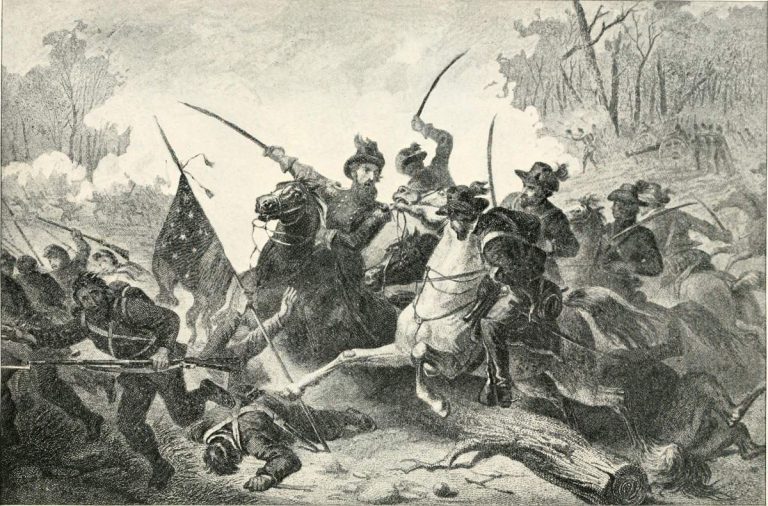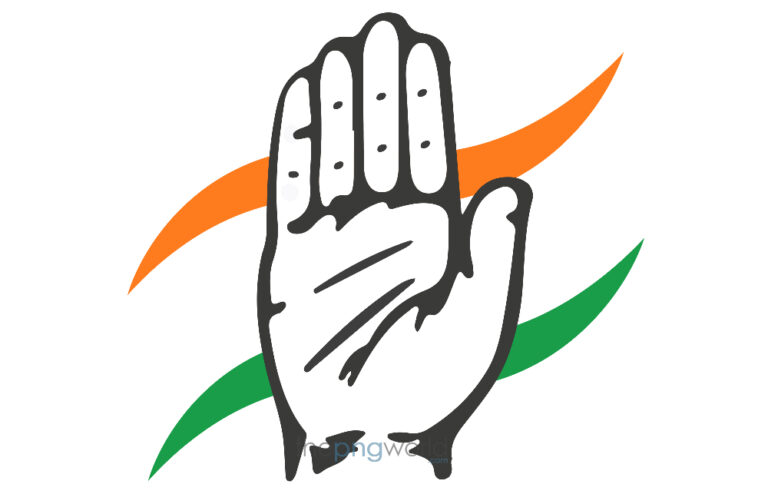The politics of fashion
I am a second-year student of Sociology at Lady Shri Ram College (University of Delhi). In 2020, I published my first e-book entitled ‘My dead mother is alive’. I have a predilection for unfunny jokes, riddles, and dismantling normative structures of existence.
Who gets to decide what counts as ‘fashionable’? Through this blog, let us look at how the realm of fashion has always been politically charged.
What is fashion? One might call it a popular or the latest style of clothing, hair, decoration, or behavior. If you were to look closely, you would realize that that which is deemed to be popular, is in tandem with colonial and patriarchal standards. If you were to look up “Quotes on fashion” on Google, the search results will show a majority of White people commenting on the same.
When you think about the cardinal figures in this sphere, chances are you will think about Ralph Lauren, Anna Wintour, and so forth. Paris, London, Milan, and New York are commonly thought to be the hotspot for fashion while conveniently leaving out any place which does not lie in the West. Where does this notion originate from? Have we been conditioned to reduce fashion to Eurocentric and patriarchal standards? Is fashion apolitical or does it reflect the conflation of both patriarchal and colonial ideologies?
Eurocentrism and Fashion
Thanks to colonization, our idea of fashion is heavily influenced by Eurocentric standards of beauty. Eurocentrism exists in the discourse of fashion, ever since the notion of the “West and the rest” was postulated.
The colonizers differentiated themselves from the Native Americans through their clothes and subsequently, a hierarchy was established based on clothing-based dichotomies. Even in India, the British imperialists separated themselves from Indians through their clothes. Eventually, they set their style of clothing as the standard and began discriminating against those who dressed ‘differently’. Marina Starck notes, “For my birthday, I received a book titled ‘100 Ideas that Changed Fashion” by Harriet Worsley. Every concept discussed, however, originated from either Europe or North America. From Parisian Chanel to Seattle-based punk and back to Paris for lingerie, the book crossed the Atlantic multiple times, but never explored beyond Western culture. The only exception to this theme was Idea #15 – “Global Influences”, in which every other country in the world was clumped in to form one inspiration, one idea, one ‘other’.”
Angela Jansen of Vestoj remarks, “fashion designers outside the established fashion capitals are repeatedly considered according to […] their cultural identity, while European designers will rarely be asked to explain or justify their references in regard to their cultural/national identity.” This renders the formation of a mainstream fashion discourse that is strictly Eurocentric and invisible to non-Euroamerican designers.
The fashion industry is a cesspool of systematic racism, structural oppression, and the hegemony of the Eurocentric ideology. For instance, we have the culturally-appropriating creations of Prada and Katy Perry caricaturing black people, to Dolce & Gabbana’s problematic portrayal of a Chinese model eating Italian food with chopsticks. After a thorough examination of 15 of the largest fashion companies in 2018, the Business of Fashion found couture boardrooms to be bereft of diversity. Further, the website for the Council of Fashion Designs of America (CFDA) displays fewer than 4% African-American members. Vogue, which is a publically as well as critically-acclaimed international fashion publication, has come under fire three times since March 2019 for racist instances.
Non-Euro American designers are reduced to ‘traditionality’ and their styles are often appropriated by Western designers. As a result, on account of surviving in a debilitating capitalist regime, non-Euroamerican designers are susceptible to ‘self-exoticism’ and they end up marketing to an international fashion audience with the aid of the othering discourse. Unfortunately, this results in promulgating a self-fulfilling Eurocentric, fashion discourse.
Casteist clothing
Akin to the West, even in India, clothing associated with certain sections of the class is appreciated while others are denigrated. It is widely believed that the physical manifestation of a person from the Dalit community, which is considered to be a subaltern in nature, is suited to a rudimentary taste in fashion. For example, in May, actor Munmun Dutta from the renowned series, ‘Taarak Mehta Ka Oolta Chashma’ was denigrated for using the word ‘bhangi’ as a casteist slur in a YouTube video. Adverting to her makeup in the video, Dutta said, “I want to look good. I don’t want to look like a bhangi.” The term “bhangi” denotes the outcastes who have been rendered untouchable in the Indian caste system. The dominant castes have largely reduced the ‘bhangi’ identity into a slur to denote something polluted.
The Balais, an untouchable community in Central India, were restrained from wearing gold-lace-bordered pugrees. They were prohibited from wearing dhotis with colored or fancy borders. Balai women were restrained from wearing gold or silver ornaments; they could not even wear fancy gowns or jackets. Clothing, thus, was used to further dominate people and it was rationalized by means of the caste hierarchy.
So, is there any means to fracture such a detrimental hierarchy? Well, mass media has the potential to revamp identity perception in reference to clothing. The ‘lungi’ has been ascribed a low status and is primarily seen as the go-to costume for goons, thieves, and robbers in Tamil films. This got reconceptualized when Rajinikanth and Ranjith duo reunited for Kaala, wherein Rajnikanth can be seen wearing a lungi. The white vetti/veshti, which is a marker of the attire of the dominant castes has been normalized as the respectable, traditional attire of the Tamil man. Ranjith’s film radically refuted the normative mode of thought associated with the colors of, black and white. Rajinikanth plays a resident of the Dharavi slum wearing black lungis whereas the antagonist played by Nana Patekar is dressed in regal, white attire. The success of Kabali and Kaala engendered a novel wave of anti-caste Tamil films. Thus, mass media emerges as a cardinal agent of socialization in this case and act as a means of fracturing the caste-clothing nexus.
Oppressive clothing
However, what counts as oppressive clothing, cannot be decided by other people for the people of a singular community. Lila Abu-Lughod mentions, in ‘Do Muslim Women Really Need Saving? Anthropological Reflections on Cultural Relativism and Its Others’, that it was unanimously decided upon by the Western knights that they must conduct the Herculean task of saving all, damsels in distress, Muslim women from the unfortunate plight of being “forced to wear the burqa”. They came to this abrupt conclusion without introspecting or even bothering to look at other entrenched forms of social inequities. As Abu-Lughod put it, “anthropologists know perfectly well, people wear the appropriate form of dress for their social communities and are guided by socially shared standards, religious beliefs, and moral ideals”. If one considers Muslim women wearing the burqa to be the culmination of oppression then the act of American women wearing jeans can be argued to be equally repressive. Ergo, coming to the seemingly immutable conclusion that the act of wearing the burqa is the embodiment of subservience is absolutely preposterous.
Patriarchal domination in fashion
Fashion has a gendered element to it as well. Women are pressured far more to conform to these preposterous fashion vogues in comparison to men. In a patriarchal society like India, the expectation from men is that they are hypermasculine, provide for the family, and showcase brute strength in general. The expectation from women is to just appear feminine and attractive. Men, therefore, are denigrated if they dress in conventionally feminine ways, that is to say if they wear makeup, nail polish, skirts, dresses, sarees, and so forth. Furthermore, it also becomes incumbent upon us to reflect upon why it is that women in TV serials have to be decked up in accordance with the prevailing fashion trends and make-up while others do not have to.
Women, on the other hand, apart from the intellectual and professional standards, are also forced to acquiesce to these capricious standards of beauty in a way to subjugate them. Otherwise, they are labeled, ‘unworthy’. Majorly, men are complacent about their looks. While universal sizes largely exist for men, women do not get to avail of a similar luxury. A woman’s size alters based on the store and country they are in. Men are not constantly bludgeoned by society to uphold inconsistent beauty standards. Even when they are, it is still to fit into the patriarchal narrative of how an ideal man is supposed to be.
In a patriarchal society, beauty standards are defined in a manner that serves to gratify men’s sexual needs and wants. Men’s beauty is considered to be just a supplementary feature while a woman’s worth is defined by whether she can match up to the conventional, Eurocentric standards of beauty; linking it to the Victorian era, where women felt compelled to conform to the fashion trends which prevailed in their society because otherwise, they would remain unmarried and would henceforth, be considered, “useless”.
Subversive fashion
Notwithstanding, the restraints, innumerable people have been able to come up with ways, and designs in order to subvert the hegemonic Western patriarchal-capitalist system.
For instance, in order to resist the domineering gender roles and ludicrous gender binarism, men have increasingly started wearing skirts.
American and British suffragists endured more than 150 years of subservience, toil, and sheer hard work in order to acquire women’s right to vote. However, this struggle comprised not only inspiring speeches and formidable demonstrations but also an equally stimulating visual aspect to it. In the early 20th century, when suffragists in England and the United States realized that visual symbolism would spread their message across, British suffragists were the first to use the colors purple, white, and green. White, symbolizing resilience, has been long associated with suffragists. The visual symbolism of white aided the masses in envisioning a world wherein women could be equitable stakeholders in the political process. White was a practical choice because as Sarah Gordon, a scholar at the Center for Women’s History at the New York Historical Society, penned down, “White cotton dresses made an impression en masse, were consistently in style, relatively inexpensive, and easy to maintain”.
Conclusion
Societies have given rise to these illogical standards and if we can make them, we can break them as well. As Foucault put it, “Power is everywhere; not because it embraces everything, but because it comes from everywhere’. Thus, fashion has become a way to police people’s bodies and appropriate cultures. We must find a way to subvert stringent fashion standards and subsequently, indigenize them. We must introspect and question that which has been normalized, as power is best exerted when it is latent.
Featured Image Credits: Elle






